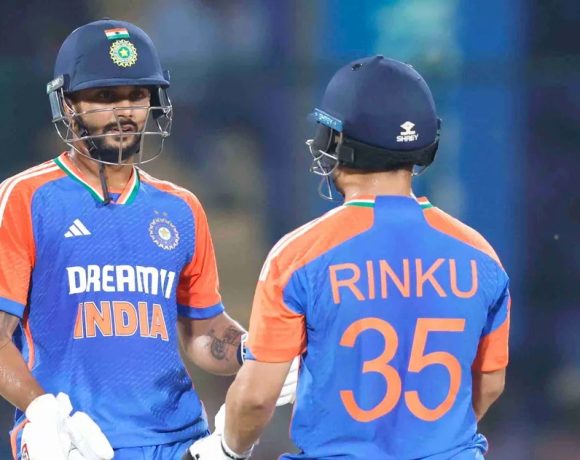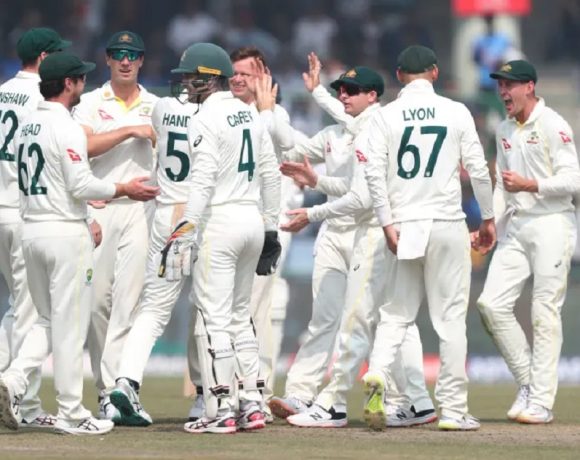
India Struggle Under Pink Ball in Adelaide Test
India’s batting lineup faced a tough challenge on the first day of the Pink Ball Test in Adelaide against Australia, faltering under challenging conditions and leaving fans and analysts disappointed.
The day saw a staggering 11 wickets fall, highlighting the dominance of bowlers on both sides under the lights.
Batting Collapse in Pink Ball Conditions
India’s innings started on a shaky note, with top-order batters struggling to adapt to the pink ball’s movement under floodlights. The Adelaide Oval’s unique conditions further compounded their woes, with swing and seam movement troubling even the most experienced batters. Despite a few glimpses of resistance, the Indian side failed to stitch together substantial partnerships, exposing their vulnerability in day-night Test scenarios.
Bowlers Shine in Challenging Conditions
The Australian bowlers capitalized on the conditions, with their pace attack exploiting the pink ball’s behavior expertly. Their disciplined line and length added pressure, leading to crucial breakthroughs. However, Indian bowlers too had their moments of glory, reducing Australia to a vulnerable position in their reply and ensuring the match remains finely balanced heading into the second day.
Pink Ball Challenges Persist for India
The Pink Ball Test has historically posed challenges for the Indian team, particularly in adapting to its unique demands. This match is no exception, as it highlights India’s need to develop strategies to counter the movement and visibility issues associated with day-night games.
High-Stakes Match Ahead
With both teams battling under equal pressure, the match promises to be a closely fought encounter. As the game progresses, the focus will remain on how the Indian batters respond to their first-day setback and whether the bowlers can capitalize on Australia’s vulnerabilities.
This match serves as a crucial test for India in mastering the nuances of day-night cricket, a format that continues to evolve as a significant part of the sport’s future.


















